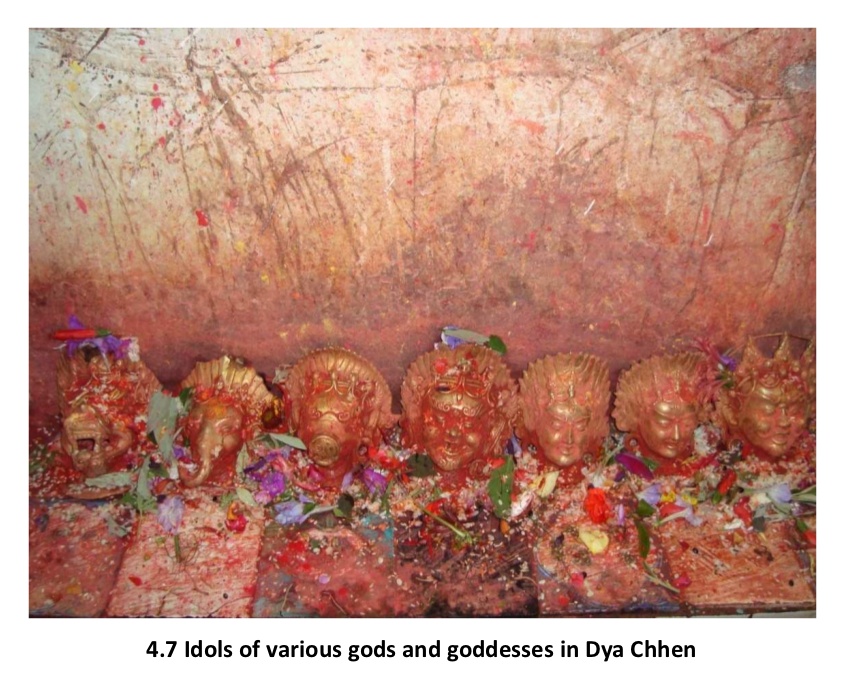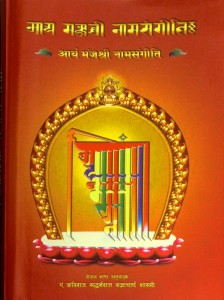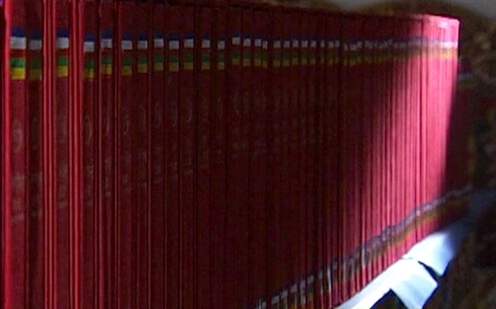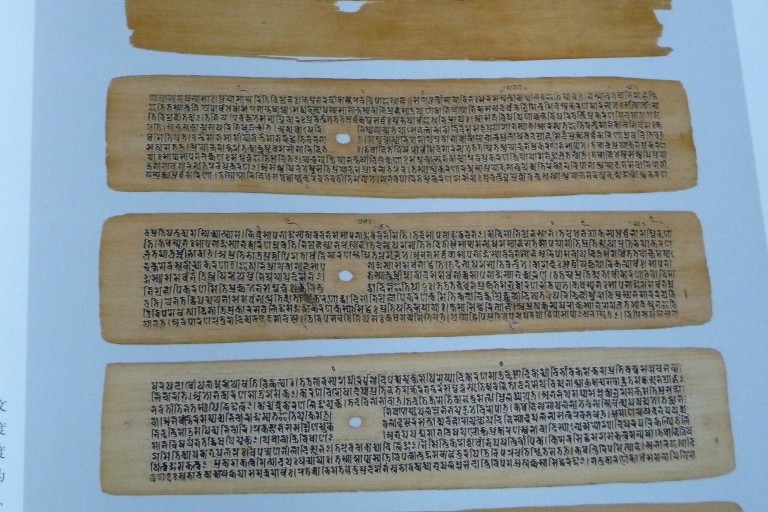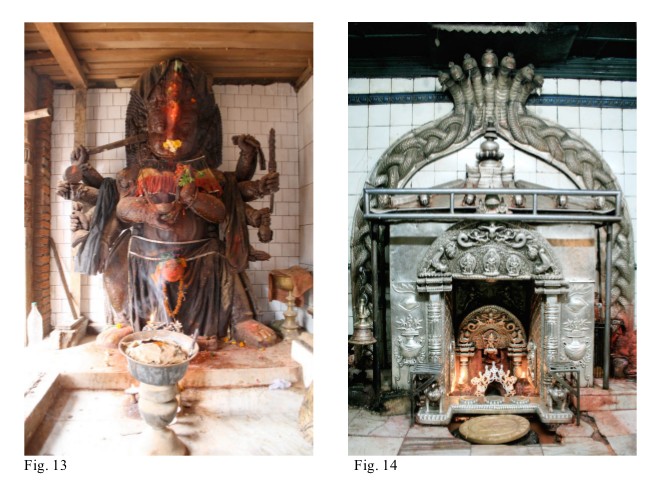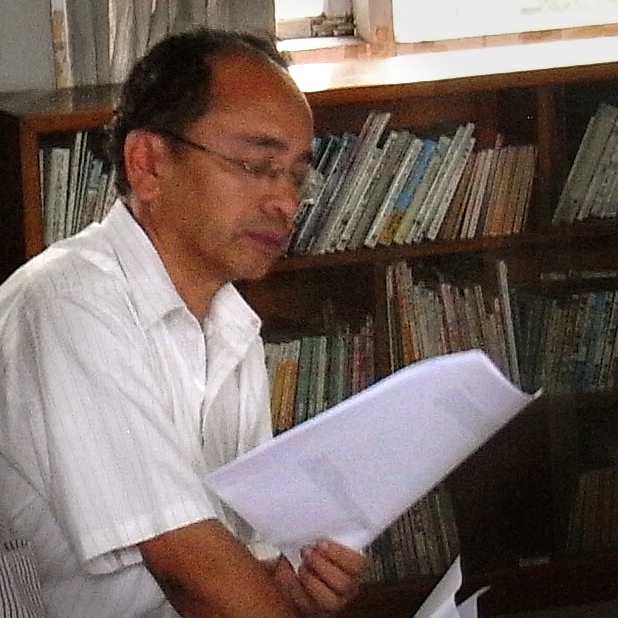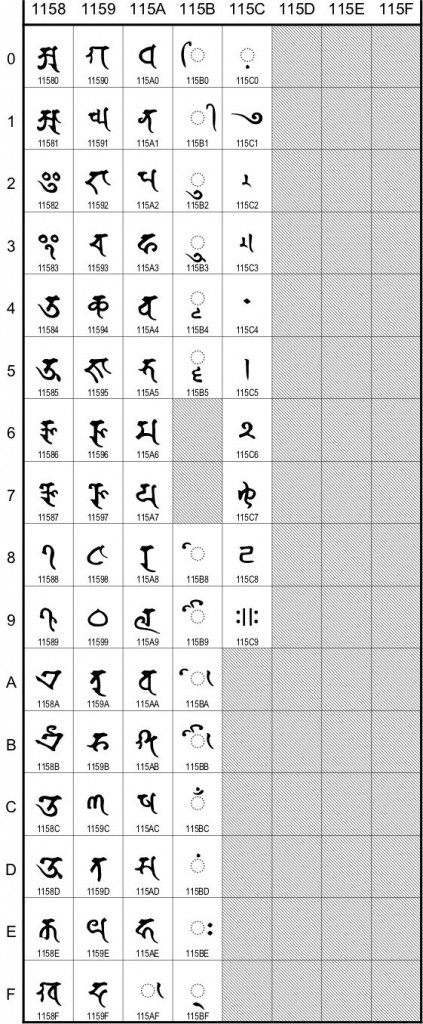Niraj Dangol. ‘Sana Guthi and the Newars: impacts of modernization on traditional social organizations’. Universitetet i Tromsø: Mastergradsoppgave, 2010. [URI / PDF]
From the Abstract
“Guthi, the traditional social organization, can be classified into various categories according to their functionalities among which, Sana Guthi is regarded most popular and the important one. Among the various functions performed by the Sana Guthi, death rituals are regarded extremely important from religious as well as social point of view. […] In this study, two of such festivals conducted by Shree Bhairabnath Ta: Guthi of Panga have been studied in details.”
